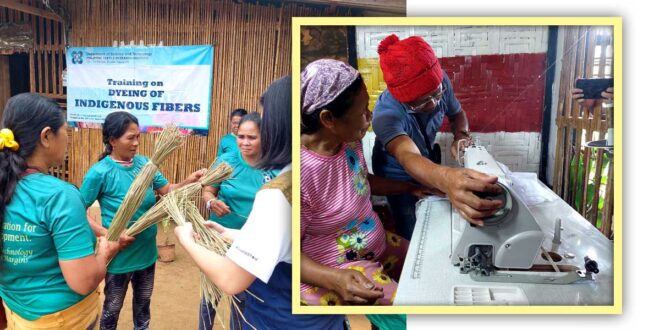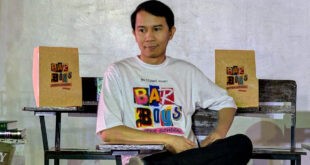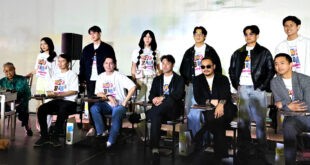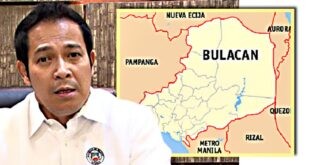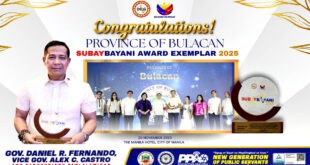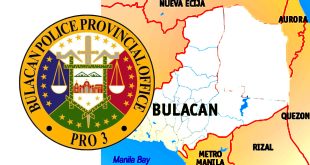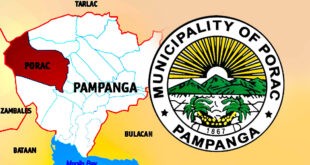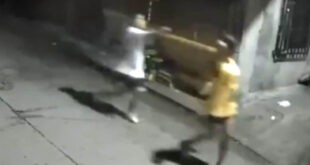The Department of Science and Technology Regional Office X recently made strides in its mission to integrate Science and Technology (S&T) and promote grassroots innovations by supporting the Damugu Weavers Association through various interventions—including the provision of an industrial high-speed sewing machine, training on synthetic dyeing in collaboration with the DOST-Philippine Textile Research Institute (PTRI), and support in product promotions.
The intervention is through the Grassroots Innovation for Inclusive Development (GRIND) project. The initiative significantly enhanced their production by 300%. The improved products, which had lasting and more vibrant colors, increased the selling price or value by 9%. Additionally, DOST-10 supported them in product promotions, trademark registration for intellectual property protection, and better packaging and labeling to empower the weavers to reach broader markets.
“Beyond merely acknowledging and recognizing, DOST under the GRIND Program supports grassroots innovations to be more competitive,” shared DOST Assistant Regional Director and GRIND Coordinator Virgilio M. Fuertes.
Recognizing the need for intervention to empower their organization, the President of the Damugu Weavers Association, Irene Mae L. Sinhayan, pledged full cooperation in implementing projects aimed at achieving positive outcomes for the IP weavers’ community of Barangay San Rafael, Talakag, Bukidnon.
“We are happy because, for five years now, this is the first time our organization has received a grant project from the government,” Irene said.
Irene, who initiated the formation of the Damugu Weavers Association in 2018, has witnessed the decline of weaving in her community. At its inception, the group consisted of only five weavers besides herself. Still, despite these challenges, Irene was determined to revive and sustain the weaving tradition using “sudsud” (Cyperus rotundus). This plant thrives in moist soil as the primary material for their mats and other woven items. Today, the Damugu Weavers Association comprises 37 indigenous members, predominantly Talaandig, ranging from 21 to 77 years old. They utilize the locally abundant sudsud grass, which their elders have found a way to manually process by drying, flattening, and weaving into mats, and later turning it into a variety of other products such as bags, laptop cases, and table runners.
“Damugu” holds profound meaning in both the tribal dialects of the Higaonon and Talaandig peoples, translating to “dream.” This evocative name embodies the aspirations and hopes of the Lumad weavers from Barangay San Rafael in Talakag. Weaving, or “paglala,” has been a vital cultural practice among the native inhabitants since the 13th century. Traditionally, this intricate craft served as a means of creating functional items and a spiritual link, allowing the weavers to invoke protection and good health from the spirits. Through their meticulous work, these weavers maintain a profound connection to their heritage and ancestors, ensuring the continuity of their rich cultural legacy.
Bae Silma Sabinoy, an elder member of Damugu, expressed heartfelt gratitude for DOST’s acknowledgment of their needs. She affirmed their ongoing commitment to working collaboratively, striving for a resilient and enduring partnership with DOST.
“Salamat kaayo DOST kay inyo me nga nakita ug inyo me nga natabangan,” Bae Silma said.
[“Thank you so much, DOST, because you have seen us and helped us.”]Also, the association now boasts a “kamalig” (a two-level hut), which serves as a display center and meeting venue. This space also facilitates the cooking of the suds, the weaving, and the dyeing processes. Irene emphasized the importance of having a dedicated space, as cooking the materials at home is challenging. Many weavers prefer to work at nighttime when lower temperatures result in better quality weaving—a time when dreams, symbolically and literally, come alive.
The group anticipates further interventions such as capacity building for business management and representation to recommend policies to support grassroots innovations through the Regional Research, Development, and Innovation Committee.
Through the GRIND initiative, DOST X not only aids in the survival of an ancient craft but also strengthens the social and economic fabric of the community. This support ensures that the art of weaving remains a vibrant and vital part of their cultural identity, turning dreams into tangible realities. (Rashia Mae Deva E. Paano / DOST X)
#ScienceForThePeople
#OneDOST4U
 HATAW! D'yaryo ng Bayan hatawtabloid.com
HATAW! D'yaryo ng Bayan hatawtabloid.com

